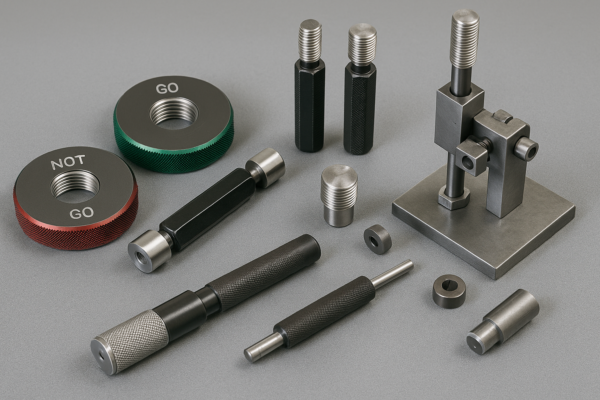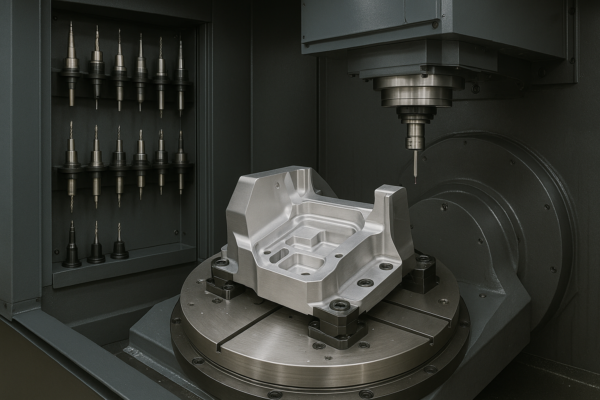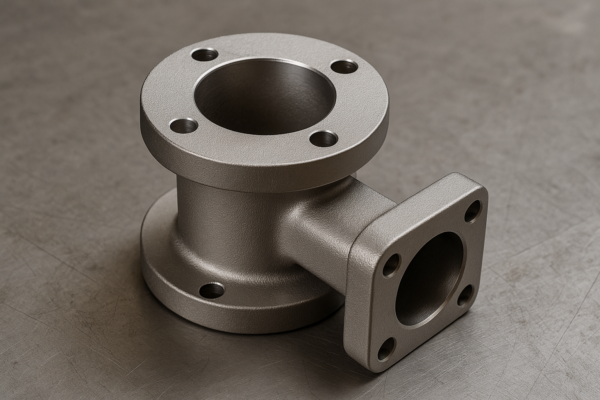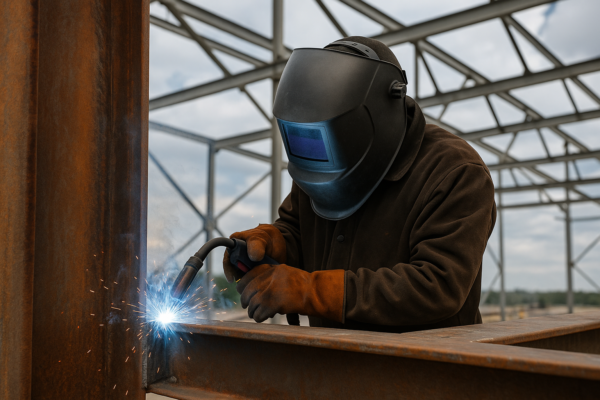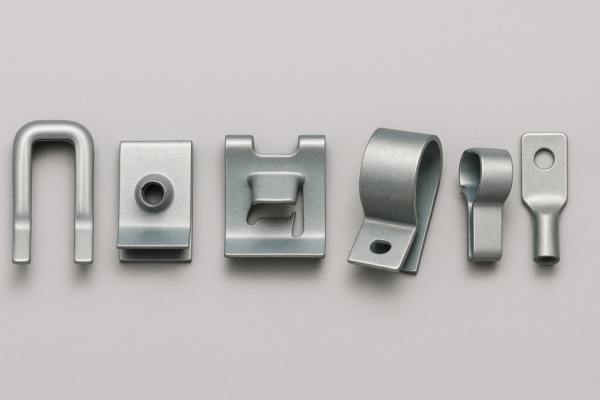What is the process of surfacing?
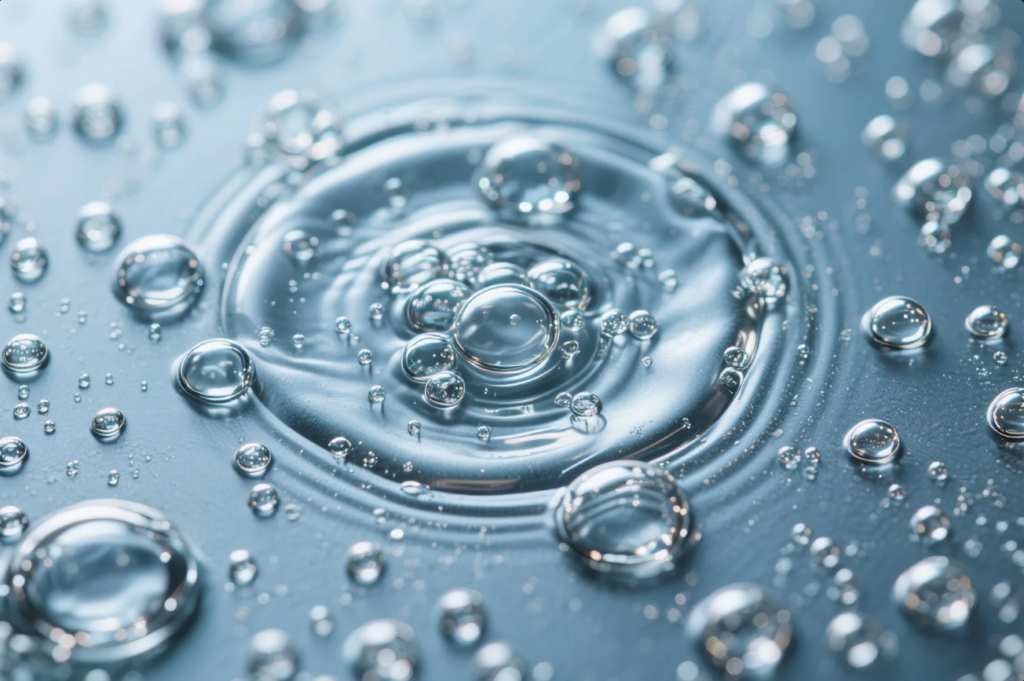
Surfacing is more than just polishing—it’s about transforming raw parts into precise, functional, and visually appealing components.
The process of surfacing involves modifying or finishing a material’s exterior to improve accuracy, texture, durability, or optical performance.
In this article, we explore how surfacing works in manufacturing and lens production, the different techniques involved, and why it matters for precision parts and end-use quality.
What is the process of surface?
Surface processing is essential in nearly every manufacturing stage.
The surface process includes cutting, grinding, polishing, and coating to prepare a part for its final form or function.
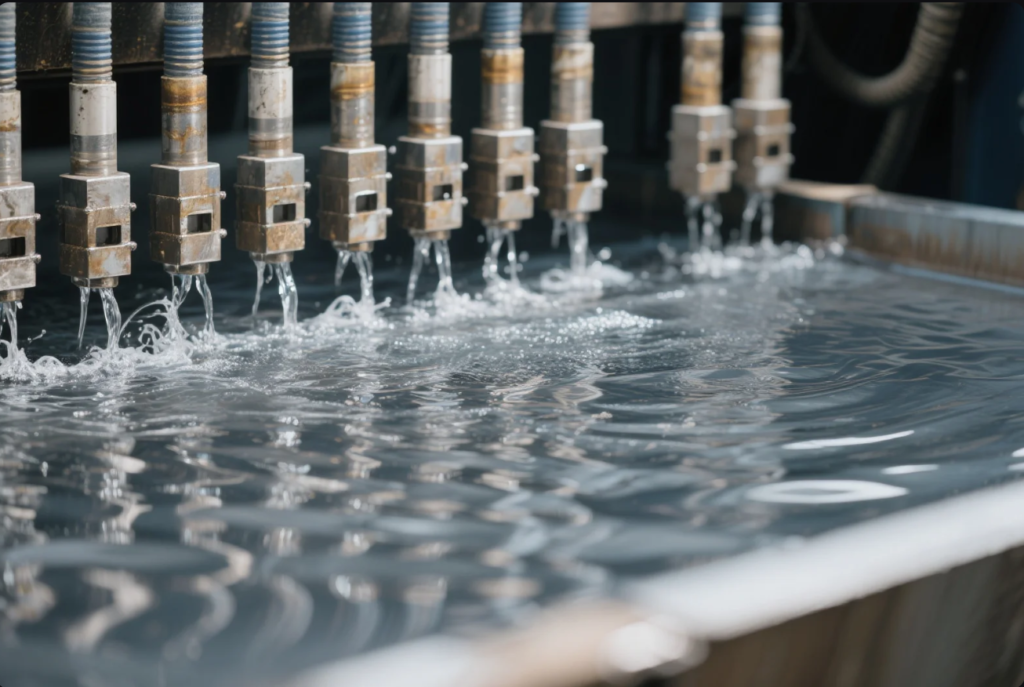
Typical surface processing workflow
| Step | Purpose |
|---|---|
| Machining | Removes bulk material |
| Grinding | Refines flatness and thickness |
| Polishing | Smoothens and improves appearance |
| Surface Treatment | Protects against corrosion or wear |
At Prime, surface preparation is integral to the production of CNC parts, castings, and industrial fasteners. We ensure that every piece meets strict dimensional and surface quality standards before shipment.
What are the methods of surfacing?
There’s no one-size-fits-all in surfacing—methods vary by material, use, and design requirements.
Common surfacing methods include mechanical, chemical, thermal, and additive techniques.

Overview of surfacing methods
| Method Type | Technique | Suitable For |
|---|---|---|
| Mechanical | Grinding, lapping, sandblasting | Metals, hard plastics |
| Chemical | Etching, passivation | Electronics, stainless steel |
| Thermal | Laser cladding, flame surfacing | Heavy-duty components |
| Additive | Plasma spray, PVD coating | Tools, aerospace components |
Our workshop at Prime uses mechanical and thermal surfacing on a daily basis to prepare parts for coating or precision assembly. Surface roughness (Ra) is measured and adjusted based on client specifications.
What is the process of surfacing lenses?
Lens surfacing is a highly precise and specialized process in optics manufacturing.
Lens surfacing involves cutting, blocking, generating, polishing, and coating to create lenses with accurate curves and optical clarity.
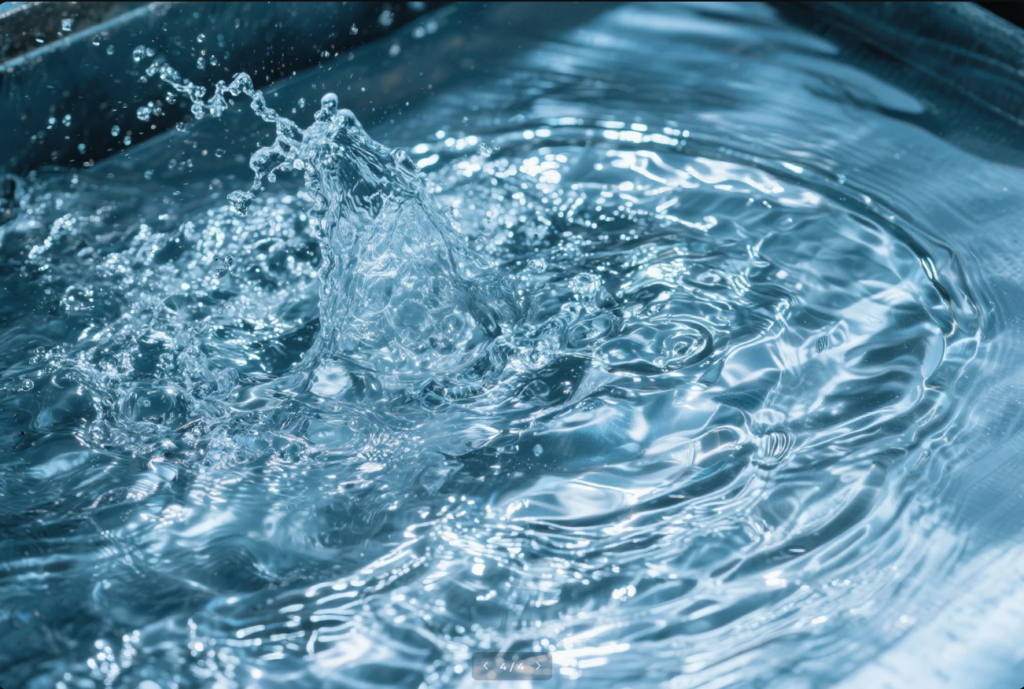
Steps in surfacing optical lenses
| Stage | Description |
|---|---|
| Blocking | Attaching the lens to a base for stability |
| Generation | Milling the basic curve onto the lens blank |
| Fine Grinding | Refines thickness and curvature |
| Polishing | Achieves transparency and clarity |
| Coating | Adds anti-glare, scratch resistance |
Although Prime focuses on industrial components, our polishing processes for CNC machined surfaces share similar standards of flatness and finish found in optical surfacing.
What is the surface finishing process?
Surfacing often ends with finishing—a final touch that determines part feel, appearance, and performance.
The surface finishing process includes steps like deburring, tumbling, coating, or chemical treatment to perfect the product before shipment.

Common finishing processes
| Process | Goal | Typical Application |
|---|---|---|
| Deburring | Remove sharp edges or burrs | CNC parts, stamped brackets |
| Tumbling | Polish many parts in batches | Fasteners, cast parts |
| Electroplating | Add corrosion resistance | Screws, gears, connectors |
| Powder Coating | Apply color and surface protection | Enclosures, machine covers |
At Prime, we use fully automated vibratory finishing machines and offer RoHS-compliant coatings to meet international quality standards.
FAQs
Q1: Is surfacing only for appearance?
No. It also improves mechanical function, bonding strength, and corrosion resistance.
Q2: Can surfacing control tight tolerances?
Yes. Surface finishing can affect tolerances, which is why we machine with allowance and recheck after coating.
Q3: Do all materials require the same surfacing method?
No. Metals, plastics, and ceramics require different techniques.
Q4: Is surface finishing the same as coating?
Coating is a type of surface finish. Finishing also includes grinding, polishing, and cleaning.
Q5: Can Prime customize surface roughness levels?
Absolutely. We offer Ra 0.2–3.2μm based on the application.
Conclusion
The process of surfacing transforms raw materials into precision parts. Whether it’s grinding, polishing, or coating, a proper surface finish ensures better fit, function, and durability.
Contact Us
Looking for high-quality surface-processed parts, CNC-polished components, or precision finishing services?
✅ ISO-certified surfacing and finishing
✅ Mechanical, thermal, and coating solutions
✅ Reliable for B2B projects and global markets
🔗 Website: https://primecustomparts.com/
📧 Email: [email protected]
Partner with Prime to receive ready-to-install components—finished, tested, and performance-driven.

